King David IV
The Builder

King David IV of Georgia was crowned in 1089 after his father King Giorgi II abdicated due to the major political issues that the country faced.
Throughout the 36 years of his reign, David IV managed to transform a scattered, demoralized country into a strong and unified state.
For this, his nation awarded him the title Aghmashenebeli. The Builder.




















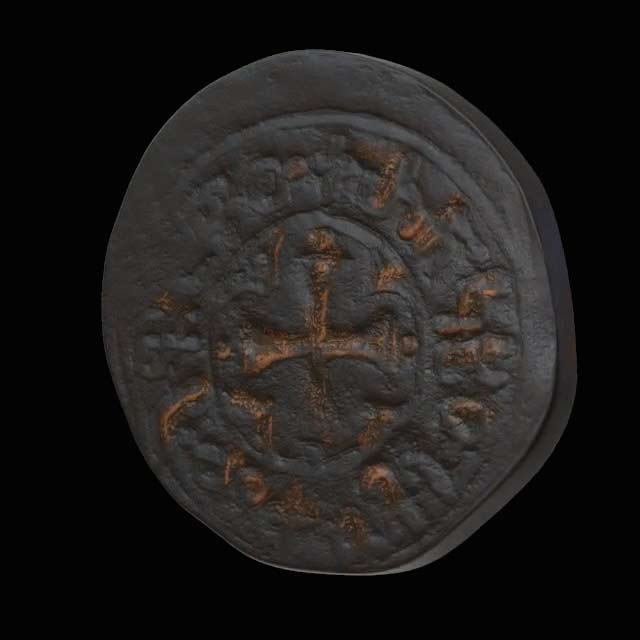
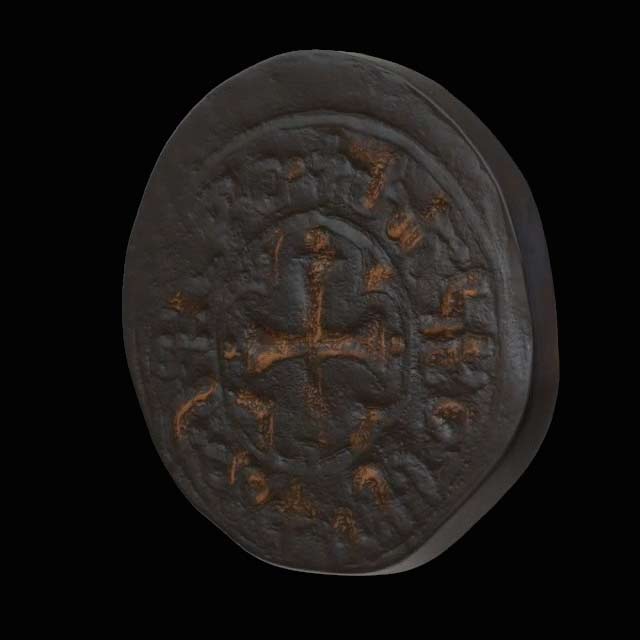







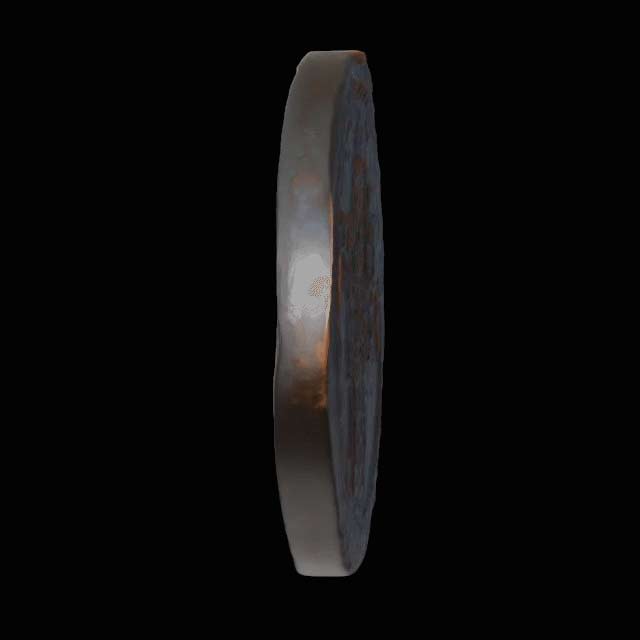














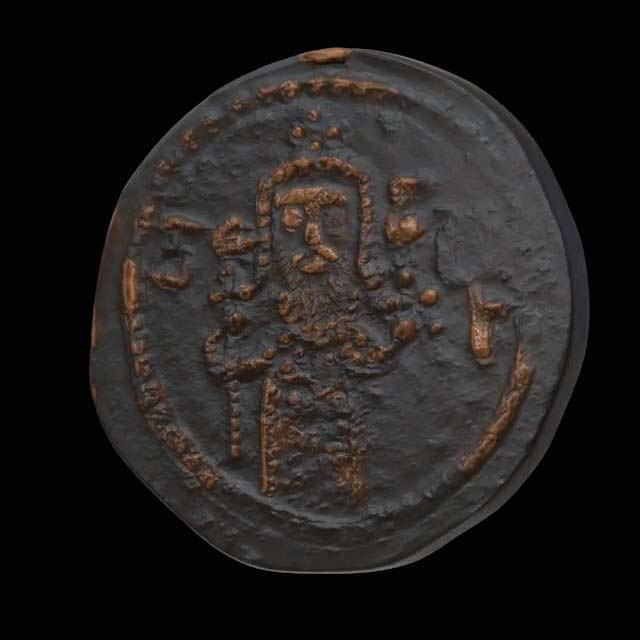





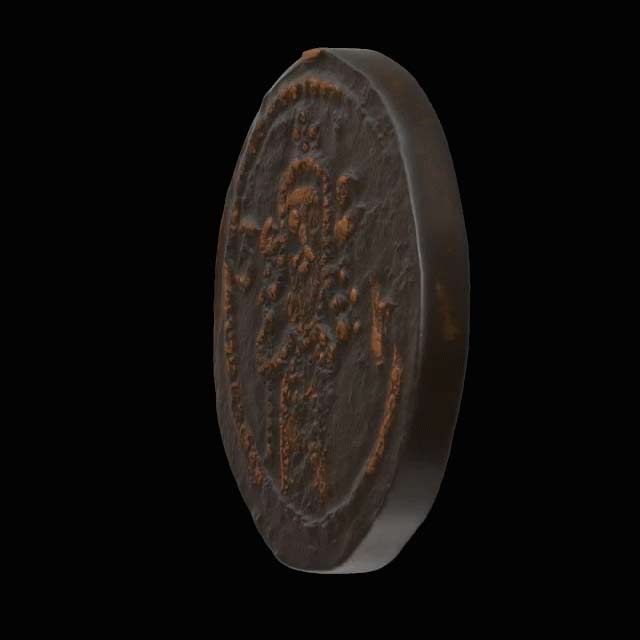
THE COIN OF KING DAVID IV THE BUILDER OF GEORGIA
The copper coin, preserved at the British Museum, is the most important among the coins, minted by King David IV of Georgia.
The object will be on display at the Simon Janashia Museum of Georgia, Georgian National Museum, as part of the UK Season in Georgia in 2019.
The turbulent world of David’s father; the world David was born into
In the 2nd half or the 11th century Seljuq Turks attacked the borders of the Byzantine Empire in western Asia. Major transformations were under way. The Battle of Manzikert in 1071 was a significant moment in world history. The Seljuqs defeated the Emperor Romanos IV Diogenes and Byzantium lost almost all its territories in Western Asia.
The Great Turkish invasion of Georgia started in 1080. King Giorgi II of Georgia decided to compromise. The Seljuq ruler Sultan Malik Shah I accepted his plea and ordered Georgians to pay annual tribute. The country was nearly devastated, and in 1089 Giorgi II decided to resign in favour of his son, David IV.



















The turbulent world of David’s father; the world David was born into

In the 2nd half or the 11th century Seljuq Turks attacked the borders of the Byzantine Empire in western Asia. Major transformations were under way. The Battle of Manzikert in 1071 was a significant moment in world history. The Seljuqs defeated the Emperor Romanos IV Diogenes and Byzantium lost almost all its territories in Western Asia.
The Great Turkish invasion of Georgia started in 1080. King Giorgi II of Georgia decided to compromise. The Seljuq ruler Sultan Malik Shah I accepted his plea and ordered Georgians to pay annual tribute. The country was nearly devastated, and in 1089 Giorgi II decided to resign in favour of his son, David IV.
Early Life / David's youthful accession to power and his early deeds
Immediately after his accession to throne, David IV started the radical, though consistent reformation of the entire kingdom. He centralised power by defeating rebellious feudal lords. At the Ruisi-Urbnisi Council, 1103, David reorganised the clergy, and made the previously dominant Church answerable to the state.
David created a well-equipped regular army, which made unexpected sporadic attacks on the Seljuq Turks, forcing them to leave Georgian territory. These minor victories gave the Georgians confidence in their ability to succeed and let the country develop.




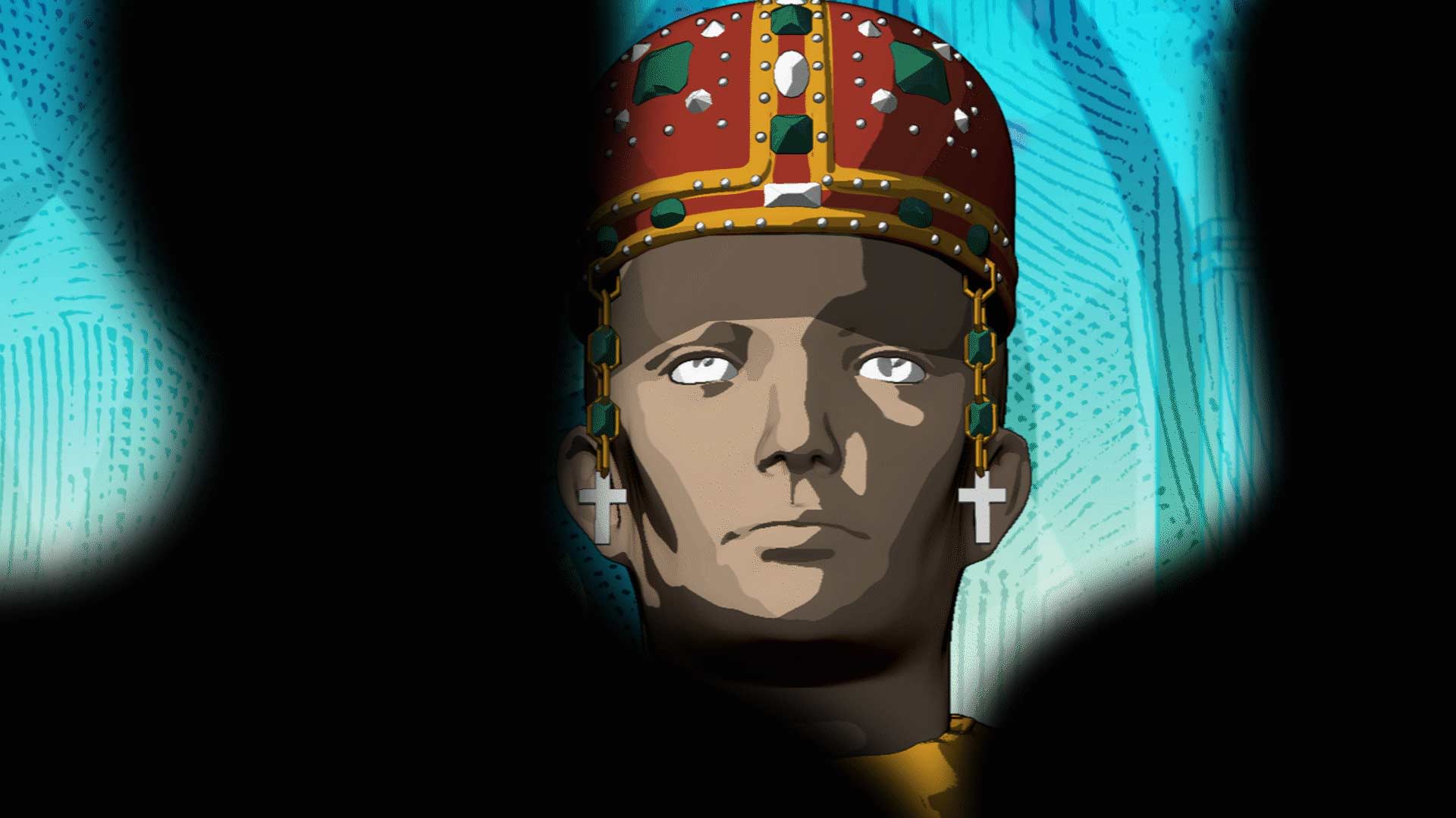
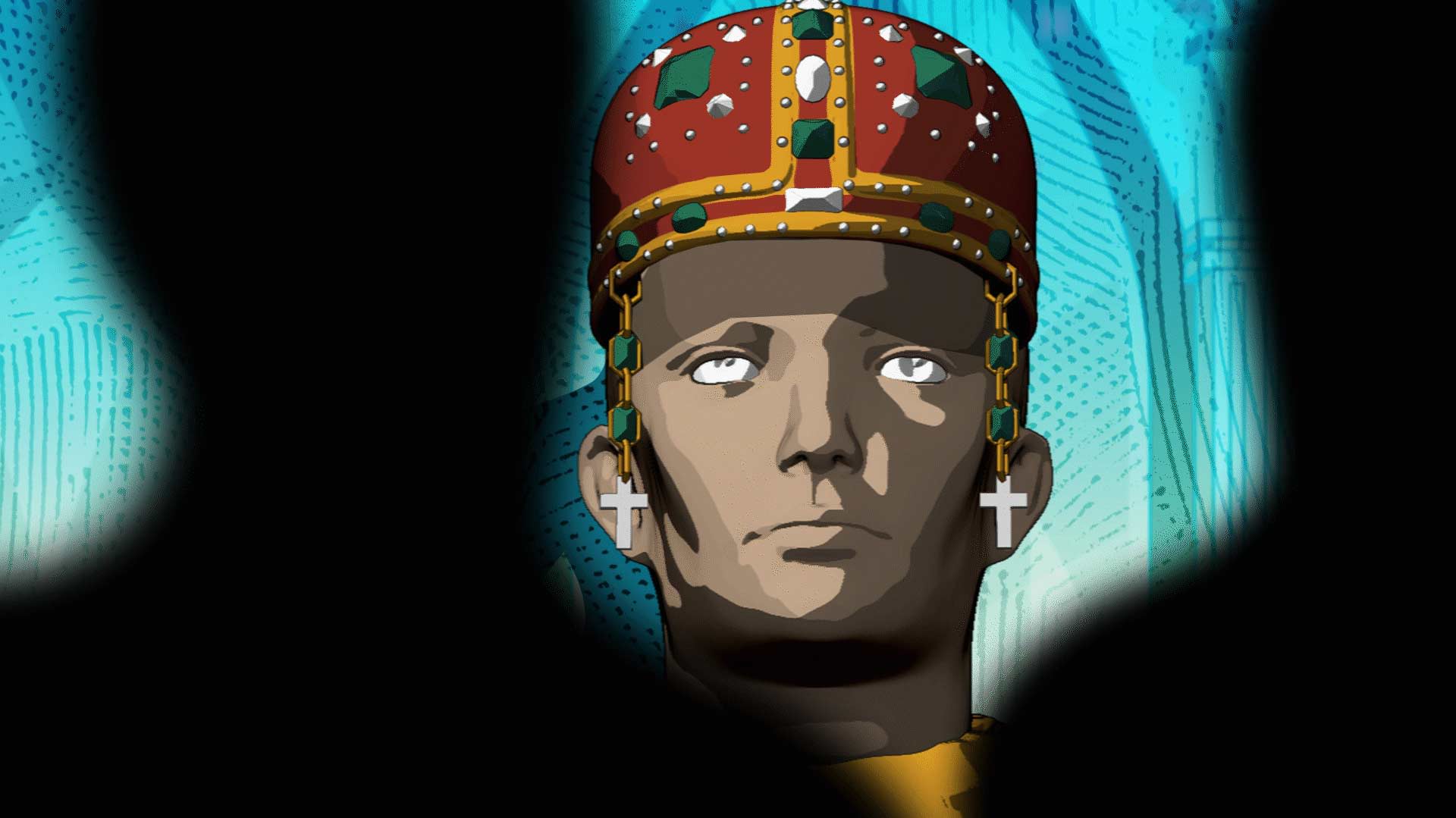








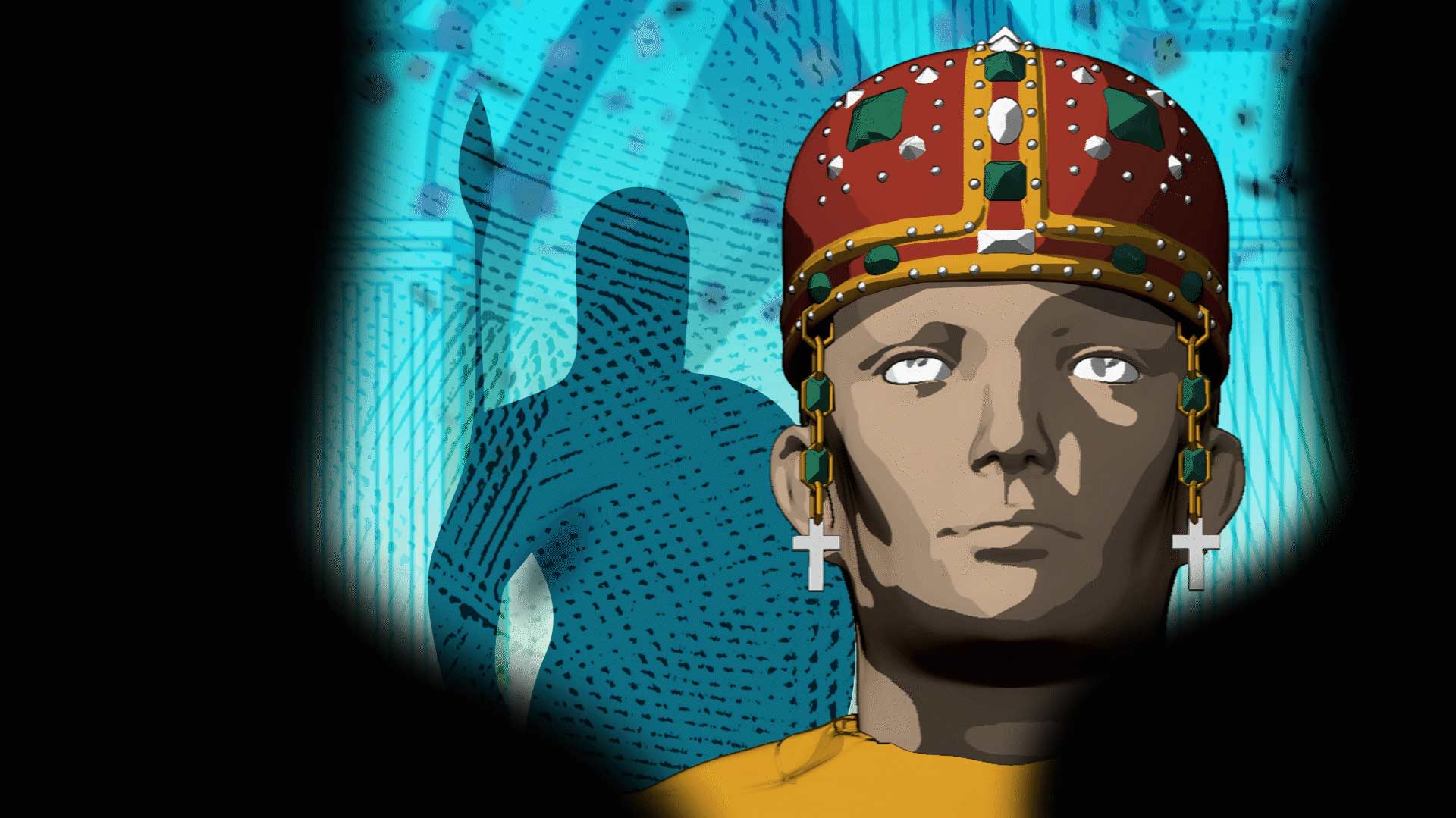
Early Life / David's youthful accession to power and his early deeds

Immediately after his accession to throne, David IV started the radical, though consistent reformation of the entire kingdom. He centralised power by defeating rebellious feudal lords. At the Ruisi-Urbnisi Council, 1103, David reorganised the clergy, and made the previously dominant Church answerable to the state.
David created a well-equipped regular army, which made unexpected sporadic attacks on the Seljuq Turks, forcing them to leave Georgian territory. These minor victories gave the Georgians confidence in their ability to succeed and let the country develop.
Military / David’s broad military accomplishments, including the Battle of Didgori
King David resettled 40000 Kipchaks to Georgia. Every Kipchak family had to deliver one fully armed soldier. The modification of the military broadly encompassed a well-organised intelligence network, called mstovrebi.
In 1099 David IV discontinued the payment of annual tribute to the Seljuqs. He launched a well-ordered campaign in an effort to return the lost territories to Georgia. Enmity to the Seljuq Turks made David IV and Crusaders allies, challenging the Seljuqs from both sides. By 1118 King David had regained almost all Georgian lands. Georgia became the dominant force in Transcaucasia.
On the 12th August 1121, David IV defeated a Muslim coalition army at the Battle of Didgori. This final endeavour of the King resulted in the liberation of Tbilisi and the final unification of Georgia.

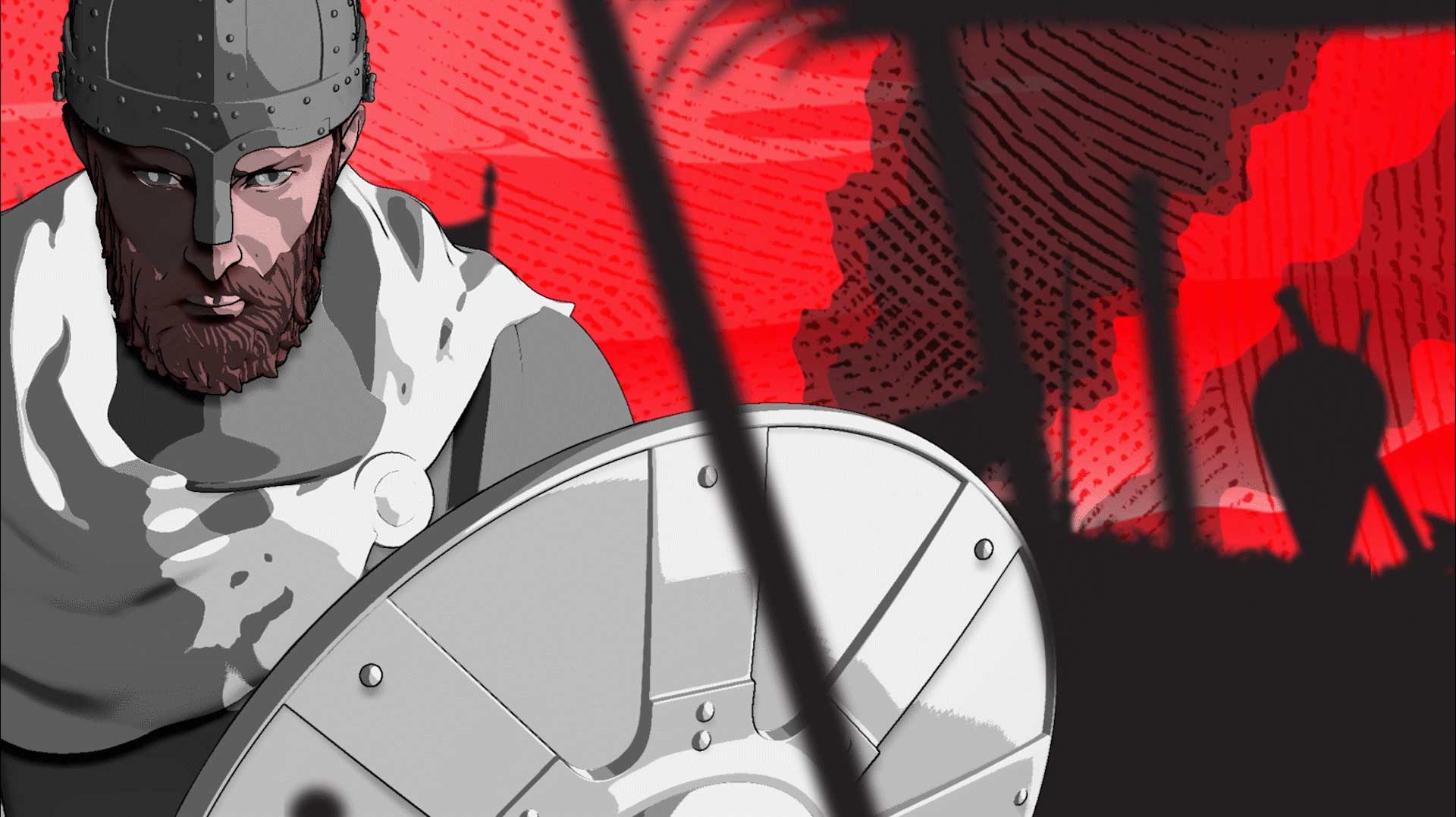






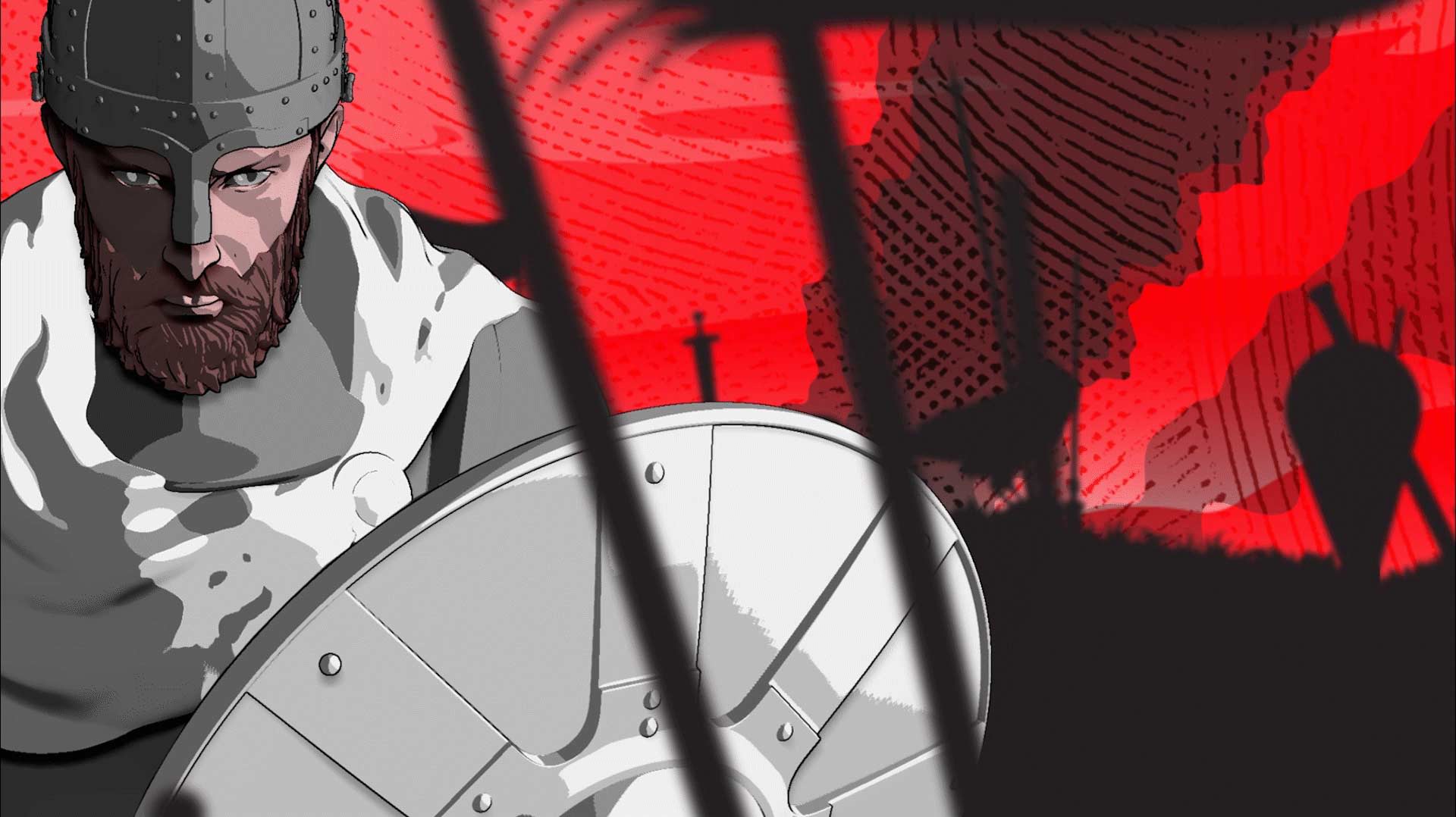






Military / David’s broad military accomplishments, including the Battle of Didgori

King David resettled 40000 Kipchaks to Georgia. Every Kipchak family had to deliver one fully armed soldier. The modification of the military broadly encompassed a well-organised intelligence network, called mstovrebi.
In 1099 David IV discontinued the payment of annual tribute to the Seljuqs. He launched a well-ordered campaign in an effort to return the lost territories to Georgia. Enmity to the Seljuq Turks made David IV and Crusaders allies, challenging the Seljuqs from both sides. By 1118 King David had regained almost all Georgian lands. Georgia became the dominant force in Transcaucasia.
On the 12th August 1121, David IV defeated a Muslim coalition army at the Battle of Didgori. This final endeavour of the King resulted in the liberation of Tbilisi and the final unification of Georgia.
Humanitarian, Scholar, Religious Leader
Rounding out the man through his beliefs, passions and non-military achievements
Well-read himself, the King was a major promoter of education. He founded the first medieval academies in Georgia: Gelati, Ikalto and Gremi academies were established on the basis of their namesake monasteries. As in Byzantine schools, the seven liberal arts were taught in these centres of scholarship. David performed a key role in the revival of Georgian hymn writing. A testimony to his achievement is his galobani sinanulisani or the Hymns of Repentance, a poem considered one of the great works of medieval Georgian literature.
Georgia attained its greatest strength and geographical extent during the reign of David IV. His accomplishments created a solid foundation for the cultural prosperity of the 11th-13th centuries, known as the Golden Age of Georgia.

Humanitarian, Scholar, Religious Leader
Rounding out the man through his beliefs, passions and non-military achievements

Well-read himself, the King was a major promoter of education. He founded the first medieval academies in Georgia: Gelati, Ikalto and Gremi academies were established on the basis of their namesake monasteries. As in Byzantine schools, the seven liberal arts were taught in these centres of scholarship. David performed a key role in the revival of Georgian hymn writing. A testimony to his achievement is his galobani sinanulisani or the Hymns of Repentance, a poem considered one of the great works of medieval Georgian literature.
Georgia attained its greatest strength and geographical extent during the reign of David IV. His accomplishments created a solid foundation for the cultural prosperity of the 11th-13th centuries, known as the Golden Age of Georgia.
The exhibition
More details on the coin and its origins

The exhibition
More details on the coin and its origins
Provenance, History, Details
In 1958, the head of numismatic department of State Museum of Georgia, David Kapanadze received the journal The Numismatic Chronicle, sent to him by the famous Kartvelologist, David Marshall Lang. The magazine introduced an article about the unique copper coin of King David IV. The British Museum purchased the coin from William Willoughby Cole, 3rd Earl of Enniskillen in 1857, but it then remained in obscurity for a century. Nothing is known of the coin before it reached the collection of the Earl of Enniskillen.
Material: copper
Weight: 10.7 grams
Diameter: 35 mm
Date: minted c. 1118. King David minted the coin after the seizure of Loré and abolition of the Kingdom of Tashir. The title king of Armenians indicates the status of the Ruler of Tashir.
Place: the place of mint might be Kutaisi, while Tbilisi remained under Muslim occupation before the year 1121.
Obverse: King David IV is shown dressed in Byzantine imperial attire, wearing stemma, and holding a Globus cruciger. The accompanying inscription in Georgian refers to him simply as King David.
Reverse: an invocation in Georgian surrounding a cross lists the extent of David's kingdom: 'Lord, aid David, king of Abkhazians, Kartvelians, Ranians, Kakhetians, Armenians.’
Like his predecessors in the 11th century, David IV issued silver coins, carrying inscriptions of the King’s name and his Byzantine titles. The later coins discard the King’s Byzantine titles and depict him in imperial regalia, as equal to his Byzantine counterparts; so that the Byzantines, Crusaders and the entire Christian world might be aware of a strong Christian state in the Caucasus.
Thereafter, in the last decades of David’s reign, the expansion of trade, mainly eastwards, required a monetary reform, introducing the coins eligible for circulation in the Middle East.
The existing money was replaced by the new copper coins, with inscriptions in Arabic, though retaining Christian content – reading “King of Kings David … Sword of the Messiah”; in order to underscore the power of a Christian state in the neighbouring Muslim region.
The Coin and its importance
The coin is of enormous importance for the history of Georgia. It represents a priceless historical record. There is no doubt that the inscription on the coin reflects the major line of Georgia’s foreign policy at the time.
In particular, the Byzantine titles of the King were omitted from Georgian coins, thereby asserting David IV’s status as equal to his Byzantine counterparts. David IV was the first Georgian King who minted copper coins. This unique coin attests the monetary reform delivered by David IV. Moreover, the King records the unification of the country on an important product issued by the State.






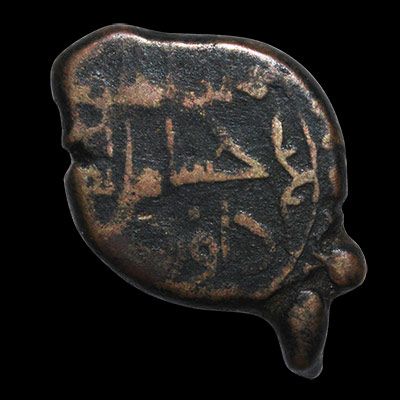





Other Georgian coins in the exhibition
6 gr • 14/23 mm • copper
Averse: legend: mepe mepeta mesiis makhvili [King of Kings sword of Messiah]
Reverse: legend: mahmoud sultani uzenaesi ben muhammad [Mahmoud great Sultan, son of Muhammad]
c. 1122
Georgian National Museum numismatic collections, inv. n. 4076
0.56 gr • 23/24 mm • silver
Averse: engraved St. Virgin of Blachernae. Legend: deda ghvtismshoblisa [mother of god]
Reverse: engraved equal-armed cross in the middle. Legend: qriste adide davit mepe da sebastosi [Christ praise David king and sebastos]
Georgian National Museum numismatic collections, inv. n. 22444
0.73 gr • 25/26 mm • silver
Averse: engraved St. Virgin of Blachernae. Legend: დედა ღვთისმშობლისა [mother of god]
Reverse: legend: qriste adide davit apkhazta mepe [Christ praise David king of Abkhazs]. The coin is drilled.
Georgian National Museum numismatic collections, inv. n. 22445

